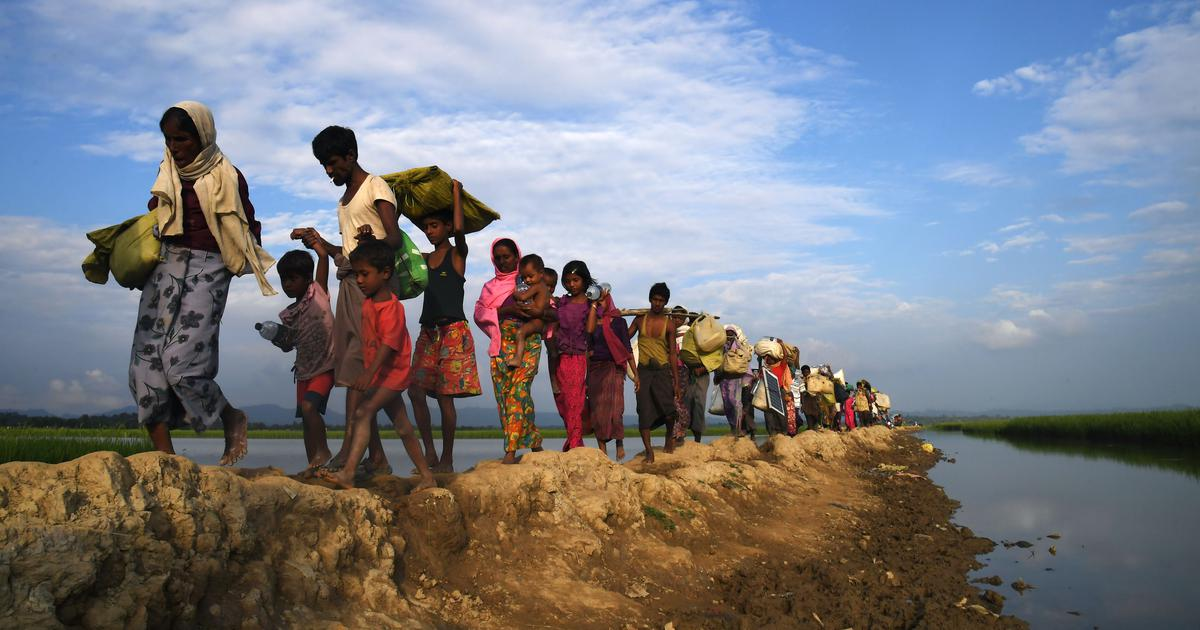Description

Source: ThePrint
Disclaimer: Copyright infringement not intended.
Context: On the occasion of 10th International Day of Yoga (IDY) on 21st June 2024, Prime Minister Shri Narendra Modi will lead the International Yoga Day Celebrations at SKICC.
Details
- The event aims to bring together thousands of participants carrying message to promote global health and wellness through the practice of yoga.
- The international community observes June 21 as International Yoga Day.
- A theme for this day is announced every year — this year’s theme is “Yoga for Self and Society”.
- In 2023, the theme was “Yoga for Vasudhaiva Kutumbakam — One Earth One Family”, and Prime Minister Modi led the celebrations at the North Lawn of the UN Headquarters in New York City.
Recognition of International Yoga Day
United Nations recognition
- The UNO proclaimed International Yoga Day through the Resolutions 69/131 on December 11, 2014 during the 69th session of the General Assembly to proclaim June 21 as International Day of Yoga.
- Suggested an annual Day of Yoga on June 21, as it is the longest day of the year in the Northern Hemisphere and shares a special significance in many parts of the world.
- The first Yoga Day celebrations held in 2015 at Raj Path in New Delhi. Modi, along with other dignitaries, created two Guinness World Records — for being the world’s largest yoga session (35,985 people), and for having the largest number of participating nationalities (84).
Ancient philosophy of well being
- Yoga is an ancient physical, mental and spiritual practice that originated in India. The word ‘yoga’ derives from the Sanskrit and means to join or to unite, symbolizing the union of body and consciousness,”.
- While the word is most commonly associated these days with anaerobic physical exercise and techniques of stretching and breathing that have recognised health benefits, in its broad sense, it can be translated as spiritual discipline or application.
- Its philosophical roots lie in the Six Doctrines of Salvation in Hinduism, in which Yoga forms a related and complementary pair with Sankhya, the other two pairs being Nyaya and Vaishesika, and Mimosa and Vedanta. (AL Basham, ‘The Wonder That Was India’)
- Yoga encapsulates a broad set of religious practices and acts of self-mortification, the practitioner of which is called a Yogi.
- An early school of yogic philosophy emphasised psychic training as a means of salvation, drawing from the Yoga Sutras of the grammarian Patanjali.
- In the medieval period, the techniques of yoga were employed by various tantric schools who made the exercises increasingly difficult, and the practice attained a certain
Yoga for health and wellness
- Yoga is today a popular and accessible philosophy of physical and mental well-being that is practised by millions around the world.
- According to its famous practitioner BKS Iyengar, “Yoga cultivates the ways of maintaining a balanced attitude in day-to-day life and endows skill in the performance of one’s actions.”
- In its ‘Common Yoga Protocol’ from 2019, the Ministry of Ayurveda, Yoga & Naturopathy, Unani, Siddha and Homoeopathy (AYUSH) lists Yama, Niyama, Āsana, Prāṇāyāma, Pratyāhāra, Dhāraṇā, Dhyāna, Samādhi, Bandhās and Mudrās, Ṣaṭkarmas,Yuktāhāra, Mantra-japa,Yukta-karma as popular yoga ‘sadhanas’.
- The AYUSH protocol describes the folding hands logo of Yoga Day as reflecting “the union of individual consciousness with that of universal consciousness, a perfect harmony between mind and body, man and nature, the holistic approach to health and well being. The brown leaves in the logo symbolize the earth element, the green leaves of nature, blue the fire element while the sun symbolises the source of energy and inspiration.”
Yoga as cultural diplomacy
- Influence in international relations is understood in two contexts, military and economic might. India has already attained the status of fifth-largest economy in the world, and is currently the fastest-growing one.
- As far as the military is concerned, the Global Firepower Index, 2022 suggests that India is the fourth most powerful military nation in the world.
- Propagating Yoga- as an Indian contribution to the world for attaining a healthy lifestyle- helps New Delhi achieve the same. PM Modi is strengthening India’s global clout, not by amassing weapons or launching a military operation but by offering a life-changing Indian product called Yoga. In the 21st century, the mode of battle has probably changed- today, battles are waged with soft power which helps countries forge financial and security alliances
Events of cultural diplomacy
- The importance of cultural diplomacy was first realised by India’s first Prime Minister Jawaharlal Nehru. Nehru along with Education Minister Abul Kalam Azad had set up the Indian Council for Cultural Relations, as early as, in 1950. The ICCR was entrusted with the responsibility to showcase India’s rich civilisational history.
- Former Prime Minister Rajiv Gandhi, further, added momentum to the cause by launching Indian festivals around the world. With the LPG reforms, the 1990s saw a growing interest in India’s culture around the world- ranging from Yoga, idea of peace and non-violence, Indian cuisine, Bollywood films and handicraft.
- However, with leaders having their credit, the cultural diplomacy could not propel India on to the global stage and complemented with contemporary factors failed to convert India into a major player.
- The efforts like the expansion of ICCR or establishing a small public diplomacy division within the Ministry of External Affairs (2006) remained pale in comparison with the efforts of the West or China.
- For turning India’s cultural diplomacy into its soft power, Prime Minister Narendra Modi relied on two aspects, first mother-language and second Yoga.
- The first method adopted by the Indian Prime Minister for an outreach to the 25-million strong diaspora overseas, was delivering his addresses in Hindi.
- PM Modi had directly asked the overseas Indians to join hands and serve Mother India, help him boost India’s international image and bring in foreign direct investments. While Hindi speeches helped him gain traction, Yoga proved to be his bet.
- First practised by Hindu sages, in the pre-Vedic and Vedic era, Yoga has now become India’s most popular cultural export. With Prime Minister Modi energetically promoting it, it was his government’s way of stretching India’s influence on the global stage when PM Modi himself persuaded the United Nations to designate 21st June as International Yoga Day during his first address.
- In 2015, the entire world celebrated the first International Yoga Day. Fast forward to 2024, the world is celebrating its 10th International Yoga Day with the Indian Prime Minister leading the UN event.
Conclusion
International Yoga Day is a global celebration that highlights the importance of yoga in promoting physical, mental, and spiritual well-being. It serves as a reminder of the ancient practice's universal appeal and its significance in today's fast-paced world. Whether you are a seasoned practitioner or a beginner, International Yoga Day is an opportunity to embrace yoga and its numerous benefits for a healthier and more balanced life.
Sources:
Indian Express, ToI
|
PRACTICE QUESTION
Q. Discuss how yoga diplomacy of India strengthens its soft power at global level. Analyze 150 words
|
















